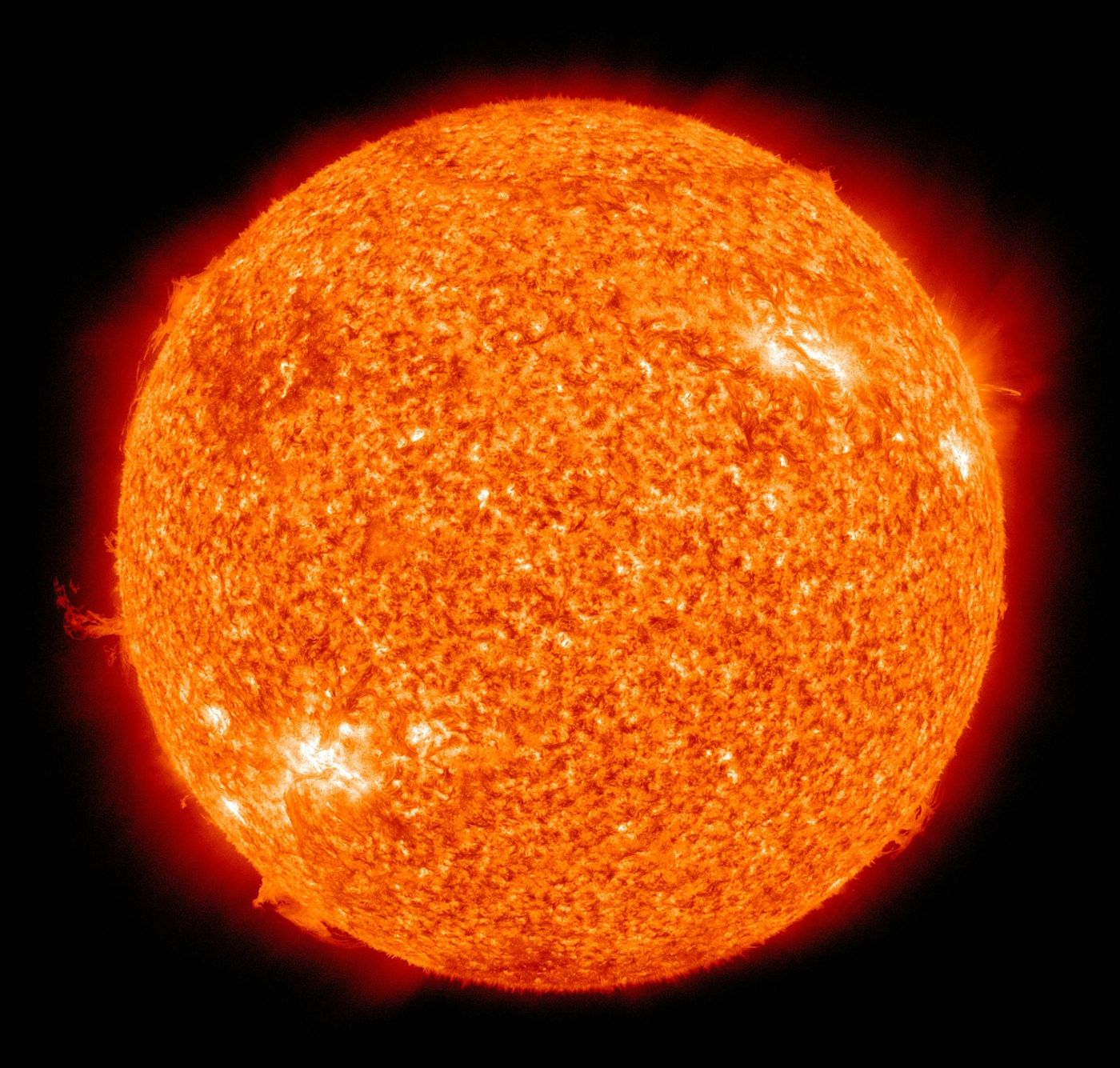The Sun Isn't Much Different Than Other Stars After All
The Sun resides at the very center our solar system, and it’s the only star we can observe up close. Besides the Sun, the nearest stars are 4.2 or more light years away, which means astronomers can only study them from a distance.
We can still learn a lot about distant stars even though they’re not right in our backyard. We can determine their solar cycles and study their magnetic fields, among other things. Because of this, researchers have long believed that the Sun is a peculiar star.
Image Credit: Pixabay
Every 11 years, the Sun goes through periods of solar minimums, where sunspot activity drops, and solar maximums, where sunspot activity jumps back up again.
Related: 'Maunder Minimum'-like behavior is expected from the Sun in the next few decades
This 11-year solar cycle has appeared to scientists to be very different from other distant stars like the Sun. On the other hand, new research published in the journal Science contends the theory that our Sun is any different from other solar stars.
While many other solar stars may not exhibit 11-year solar cycles as the Sun does, they still have solar cycles. The length of a solar cycle depends highly on the characteristics of the star. The Rossby number, which is a relationship between a star’s luminosity and rotation, plays a significant role in this.
The researchers, led by solar physicist Antoine Strugarek from the University of Montreal, used magnetohydrodynamic computer models to study the Sun and other Sun-like stars. Their data showed that the Sun follows the same rules as any other star to determine its length of solar activity, so the Rossby number still applies.
The findings would suggest that the internal mechanisms that enable the Sun to move through its patterns are the same in every other Sun-like star, even if the numbers vary for each. No two stars are the same, so different figures and qualities should be expected when comparing them together.
Related: ALMA observes the Sun in a whole new light
Understanding the solar cycle is important to space scientists because anything we put in space gets bombarded by the Sun’s solar storms when they act up, including the rather expensive satellites we send to space to probe other planets and observe the cosmos. Many of these happen to be quite sensitive to solar activity and can get damaged in the process.
While understanding the solar cycles of other stars isn’t as important in that regard, it is still important to find correlations in the data by comparing our star to others. Doing so helps us better understand how stars work so we can fact-check what we know about the Sun.
Source: Phys.org









